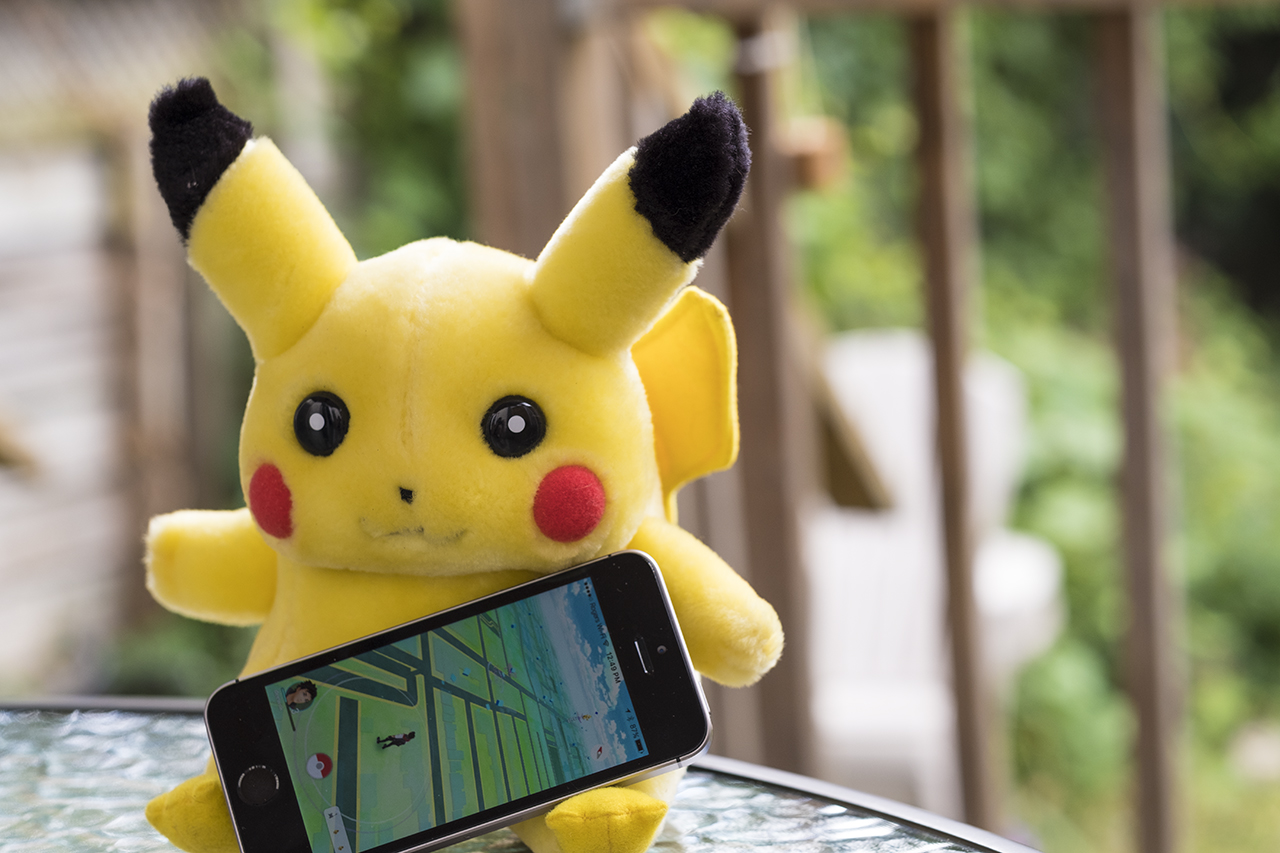Since its explosive launch in 2016, Pokémon Go has captivated millions, making headlines around the world. While many hailed it as the dawn of augmented reality (AR) gaming, a closer inspection reveals that its usage as a phenomenon speaks more about the beloved Pokémon franchise than it does about the technological marvel of AR itself. In this blog, we will delve into the factors that contributed to its unprecedented success, while also spotlighting the hurdles that place limits on its reach.
The Power of Nostalgia
At the core of Pokémon Go’s triumph lies the strength of the Pokémon franchise itself. Established in the late ‘90s, Pokémon has been a cornerstone in the gaming world, selling over 279 million copies of its games, not to mention thriving in various multimedia formats like movies and collectible card games. For those born between the ‘80s and early 2000s, Pokémon embodies childhood memories, a sense of connection, and nostalgia.
Augmented Reality Meets Familiar Gameplay
Unlike older franchises, Pokémon has seamlessly integrated itself with AR mechanics. Players have long dreamed of a world where they could interact with Pokémon in real life. The game’s concept—exploring the real world in search of virtual creatures—mirrored the very essence of Pokémon, where wandering and discovery are central tenets. Experiences like Pokémon Snap reinforced this, as players captured images of Pokémon blooming in their surroundings.
Niantic’s Background and Dimensions of Success
Niantic Labs, the brains behind Pokémon Go, began with Ingress, a location-based AR game that laid the groundwork for the Pokémon franchise’s adaptation into the AR realm. Ingress enjoyed modest popularity, yet it lacked the established fanbase that Pokémon could draw upon. Gamers gravitating towards familiar brands undoubtedly have different engagement levels compared to those drawn to original IPs.
- Direct Comparisons: Unlike Ingress, which boasts a dedicated but relatively small user base, Pokémon Go captured public interest on a scale that dwarfed its predecessor.
- The Recognition Factor: The iconic status of Pokémon is an undeniable advantage—it exists in digital and physical realms, capturing the hearts of audiences across generations.
The Pitfalls of Pokémon Go
Despite the hype, Pokémon Go is not without its challenges. While passionate fans may trudge through the city’s streets for a chance at catching a rare Pokémon, many players may find this aspect unappealing. A common barrier is mobility; fewer casual gamers will jump at the opportunity to explore their neighborhoods without the nostalgia-driven motivation that the Pokémon brand embodies.
Common Hurdles Players Encounter:
- Battery Drain: The rigorous gameplay demands drain phone batteries rapidly, often impacting user experience. Players report significant battery drops within short play periods.
- Injury Risks: Reports of players injuring themselves while engrossed in gameplay have raised considerable concerns. Past incidents include accidents related to walking while distracted, hinting at the risks of augmented interaction.
The Future of AR Gaming
While Pokémon Go certainly showcased the exuberance that can spring from blending reality and gaming, it obscured the broader implications for AR’s future. Technologies like Microsoft’s HoloLens represent the potential of AR beyond mobile devices, allowing for more immersive experiences that could completely redefine interaction dynamics. However, drawing parallels between the casual AR seen in Pokémon Go and the transformative potential of advanced AR is misleading. True advancements may emerge over time as developers innovate further.
Conclusion
In summation, while Pokémon Go has had an undeniable cultural impact, its primary success stems from leveraging a well-established franchise rather than a groundbreaking AR model. Pokémon enthusiasts and casual players alike find joy in the game, yet its limitations highlight the inherent challenges facing AR gaming as it evolves. As companies explore augmented reality’s potential, they must learn from the trials and successes of Pokémon Go.
At fxis.ai, we believe that such advancements are crucial for the future of AI, as they enable more comprehensive and effective solutions. Our team is continually exploring new methodologies to push the envelope in artificial intelligence, ensuring that our clients benefit from the latest technological innovations.
For more insights, updates, or to collaborate on AI development projects, stay connected with fxis.ai.

